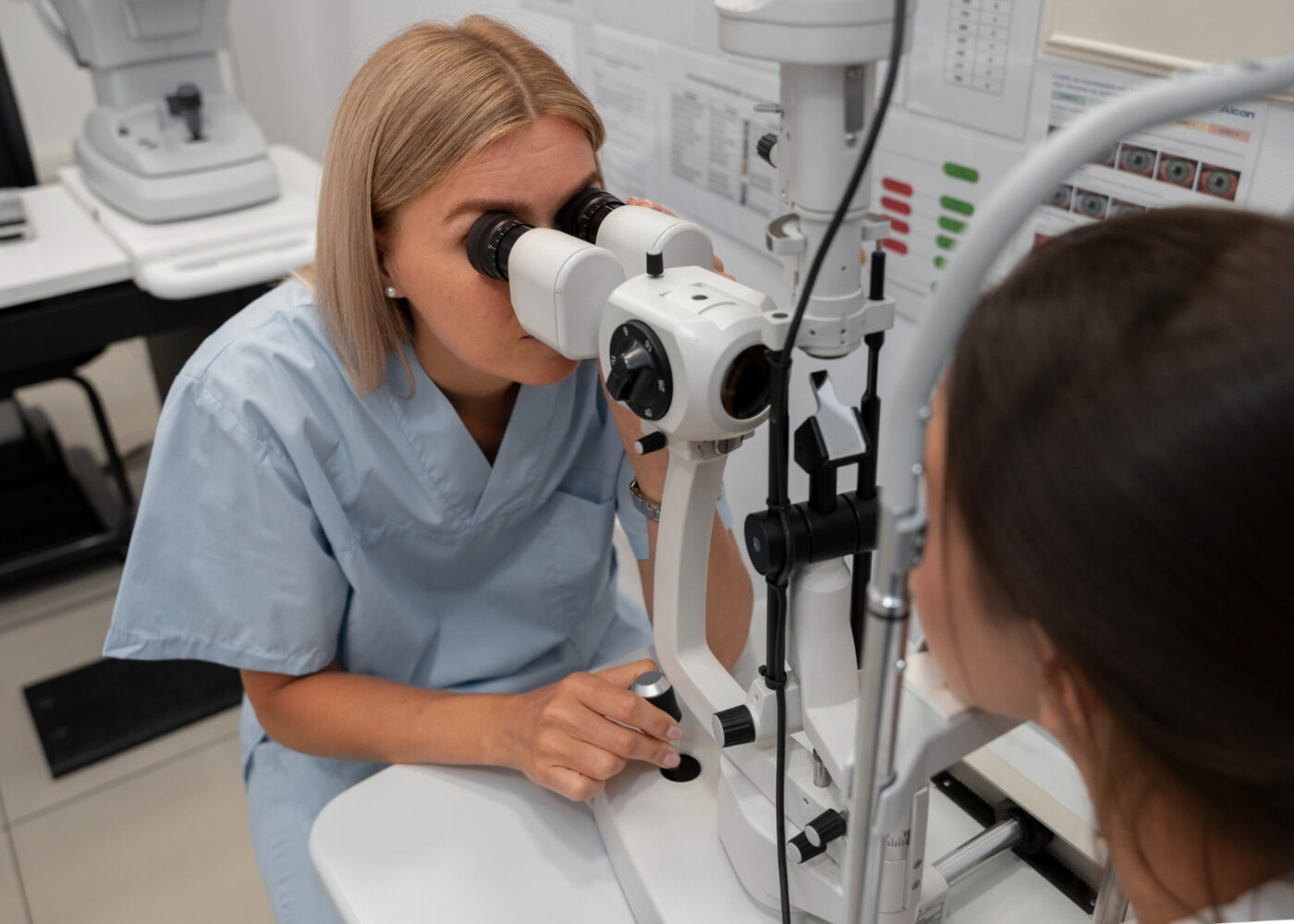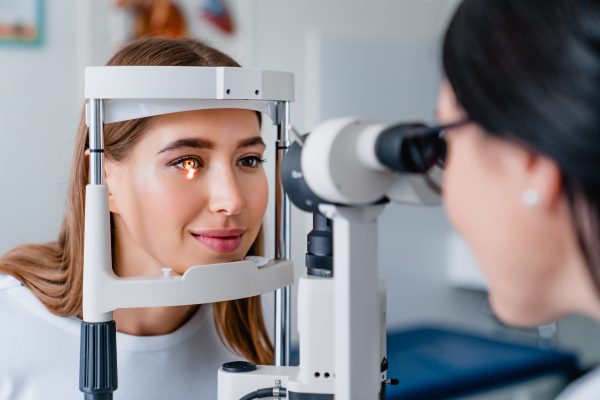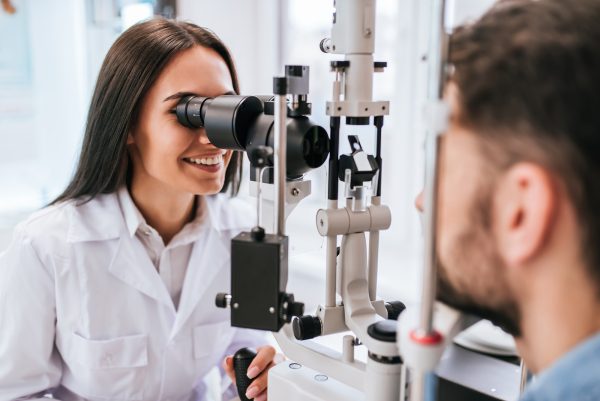If you have never had an eye exam before or have been putting off visiting your eye doctor, you may be feeling some anxiety about your next trip to the optometrist’s office. There’s nothing to fear about having your vision checked – in fact, doing so could improve your quality of life if you are living with an undiagnosed vision problem. Here are a few of the most common questions that people have about eye exams or if they are a candidate for a LASIK procedure.
When do I need to have my eyes checked?
The Mayo Clinic states that young adults who are healthy and have no symptoms of vision issues should visit their eye doctor every five to 10 years. For people between the ages of 40 and 65, it’s best to undergo an eye exam every two to four years. Seniors age 65 and older should go every one to two years.
However, those with vision issues, a family history of eye disease or a chronic illness that makes eyesight issues more likely should go more frequently. Even if you wear corrective lenses or have undergone laser eye surgery, you should still have an eye exam once or twice a year.
How can I prepare for an eye exam?
The first step toward getting an eye exam is finding a doctor in your area. You can visit either an optometrist or ophthalmologist – both sets of professionals are qualified to carry out a thorough eye exam.
Your doctor will ask you for an overview of your medical history, particularly as it relates to your eye health. You will be asked if you are experiencing any eye issues now or have in the past, and your doctor will also want to know about any health problems you’ve experienced recently. You may want to ask your parents about any eye-related illnesses in your family history, such as macular degeneration or glaucoma. Bear in mind that diabetes, high blood pressure and heart disease can also have an impact on eye health. Sorting out these questions before your visit will make the process smoother.
What happens during an eye exam?
The American Optometric Association states that after reviewing your medical history, your eye doctor will likely administer a visual acuity test. This may involve reading numbers or letters on an eye chart. Other examinations will measure your depth perception and peripheral vision, color vision, eye muscle movements and your eyes’ response to light. A process known as keratometry may be administered to test the curvature of your eye – this will help determine if you have astigmatism. There are a number of other tests your doctor may carry out depending on your eye health and when it was that you last visited an optometrist or ophthalmologist.
What if I am diagnosed with a vision problem?
If your eye doctor determines that you are suffering from vision issues, he or she will discuss what treatments are available to help alleviate the problem. Don’t be surprised if you are suffering from astigmatism, nearsightedness or farsightedness – these eye issues are common and, thankfully, easy to treat.
Glasses and contact lenses are common ways to resolve these eye issues, and your doctor may also talk to you about laser eye correction. While some eye doctor’s offices have opticians on site who can help you fill eyeglasses or contact lens prescriptions, you may be referred to a different office or LASIK surgeon for treatment.
Source:
Adult health. (2023, October 10). Mayo Clinic. https://www.mayoclinic.org/healthy-lifestyle/adult-health/basics/eye-care/hlv-20049421
Comprehensive eye exams. (n.d.). AOA. https://www.aoa.org/healthy-eyes/caring-for-your-eyes/eye-exams?sso=y
Categories:



